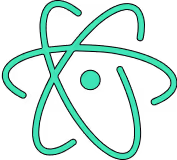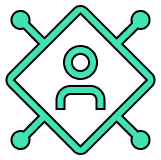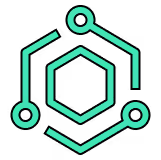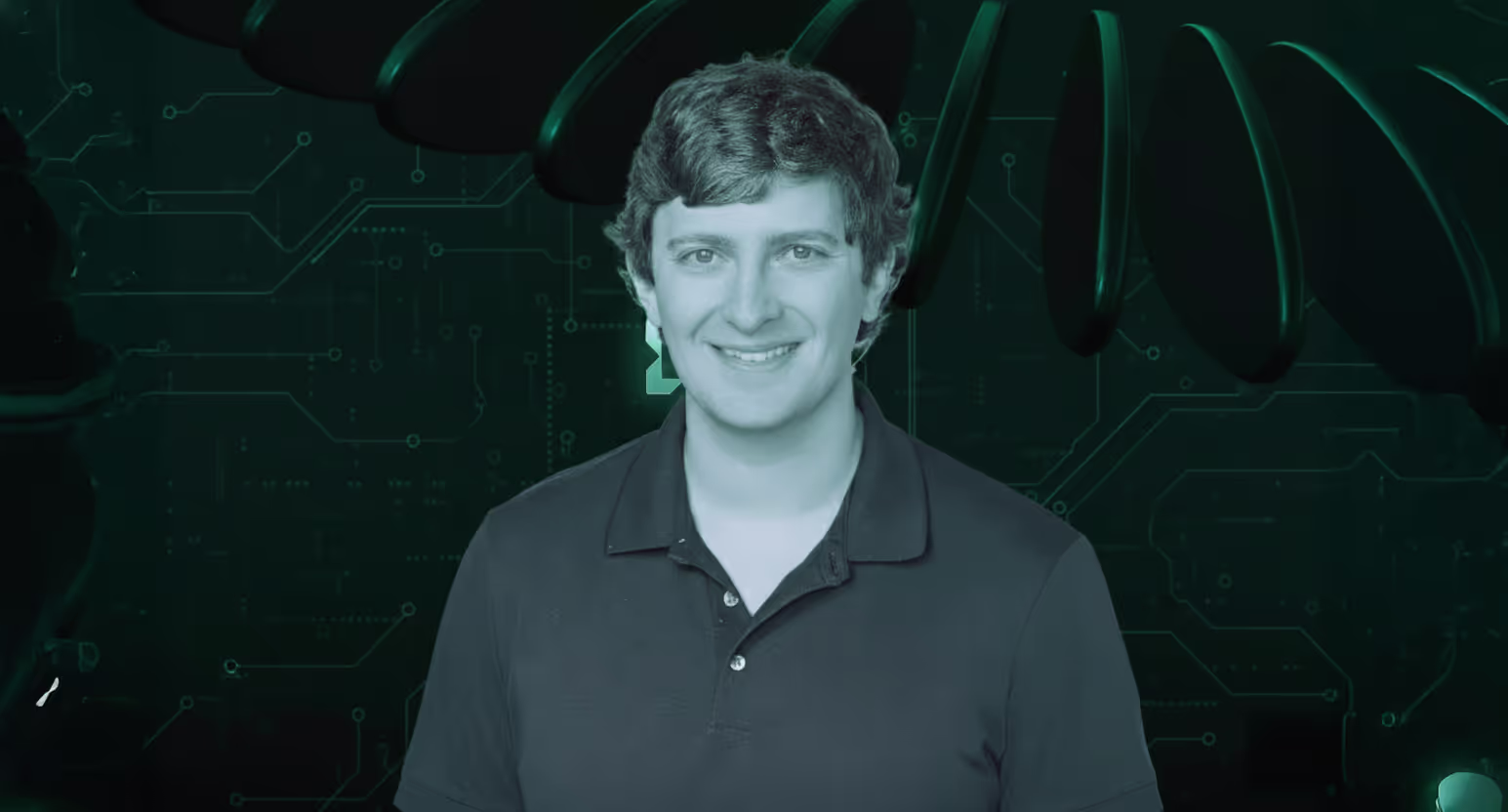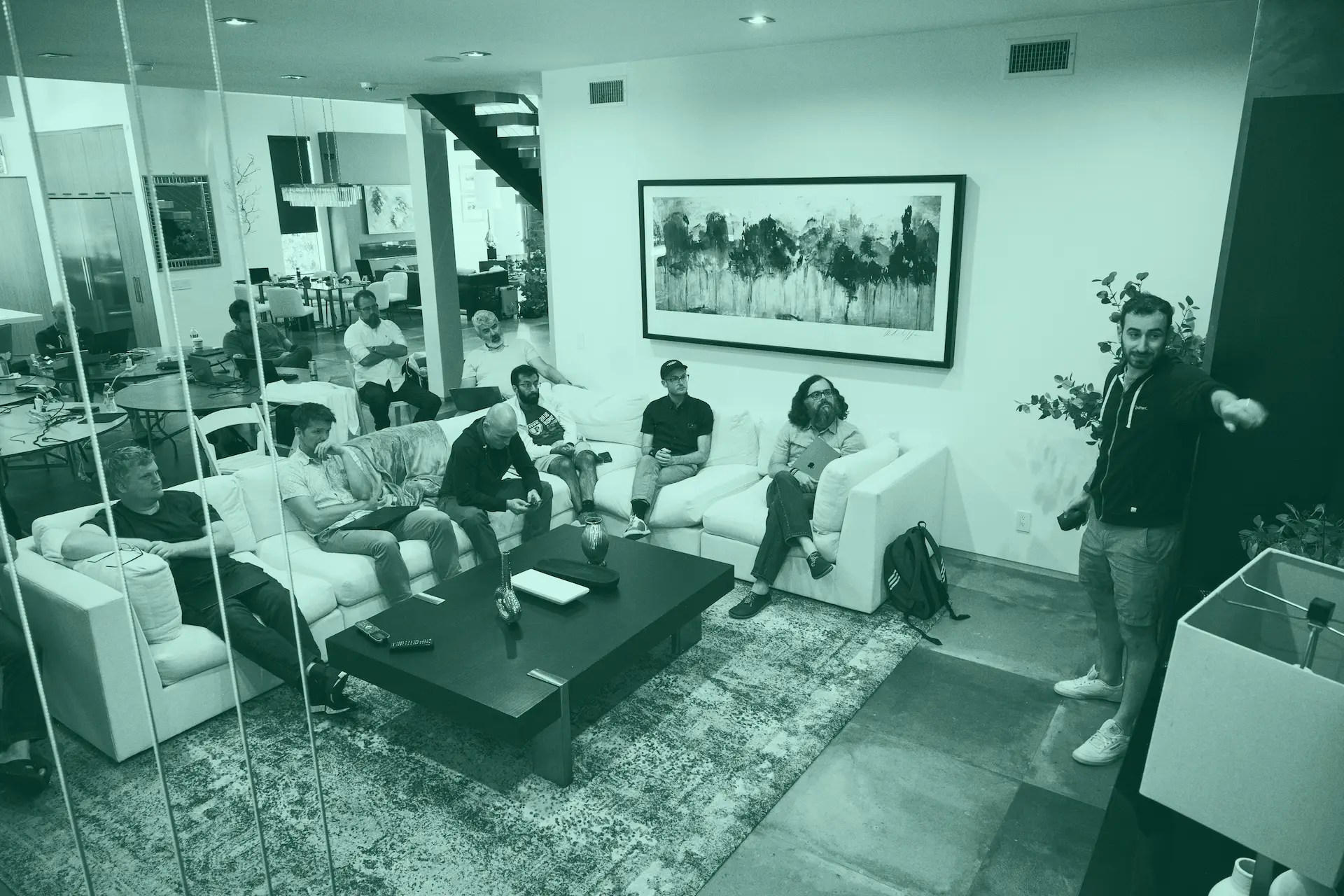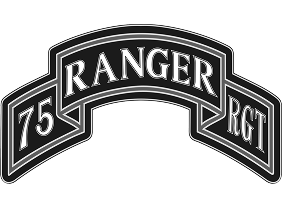The Layout Bottlenecks End Here
Electrons obey physics, not opinions. Training AI on human layouts only repeats human mistakes and limitations. Training AI on physics—Maxwell’s equations, thermodynamics, and manufacturing constraints—creates designs that are correct by construction and reveals solutions no human would.Today, engineers still route traces by hand, the way software developers once wrote machine code. Compilers ended that era in software. Quilter ends it in hardware—turning months of layout work into minutes of computation.
This shift is inevitable. In five years, manual layout will look as outdated as punch cards. The companies that move now with physics-first AI will ship more iterations, learn faster, and turn hardware into a competitive edge.
Software teams deploy daily. Hardware teams still wait weeks for each board. This gap—the layout bottleneck—has been the last barrier holding back hardware innovation. Every delay risks missed markets, rework, and lost revenue. In today’s economy, speed wins and bottlenecks lose.
Traditional EDA built their business model around this bottleneck. We built ours on eliminating it. Physics-driven AI generates layouts that are instant, abundant, and correct by construction—no human approximation needed. Hardware teams can now iterate daily, not quarterly. What once slowed entire industries now accelerates them.








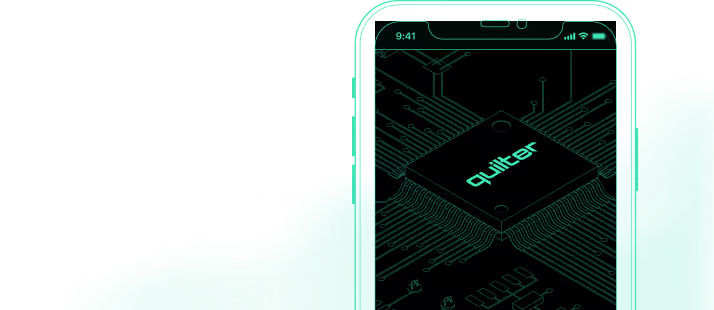

.svg)
.svg)

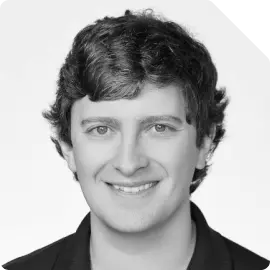
.avif)
